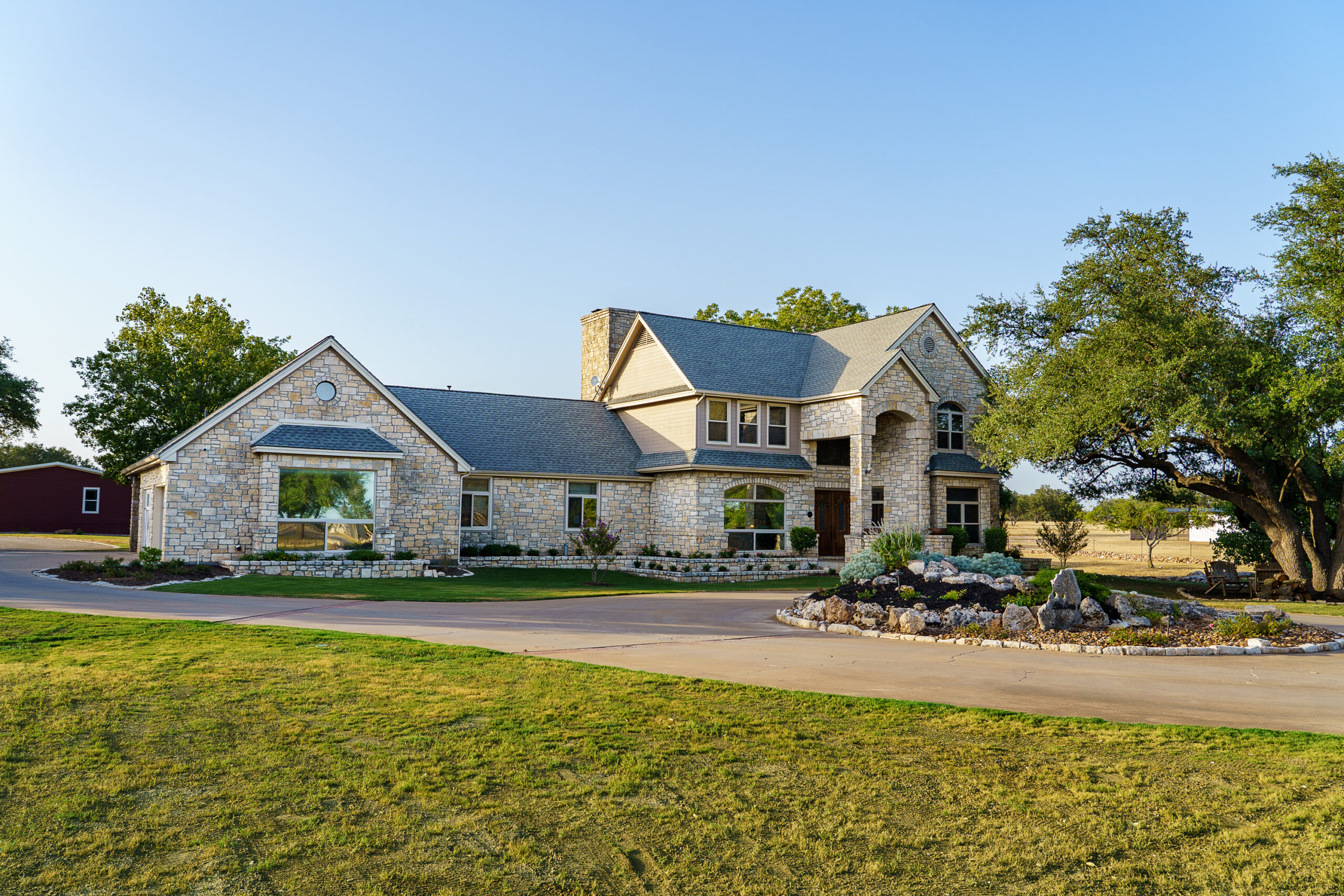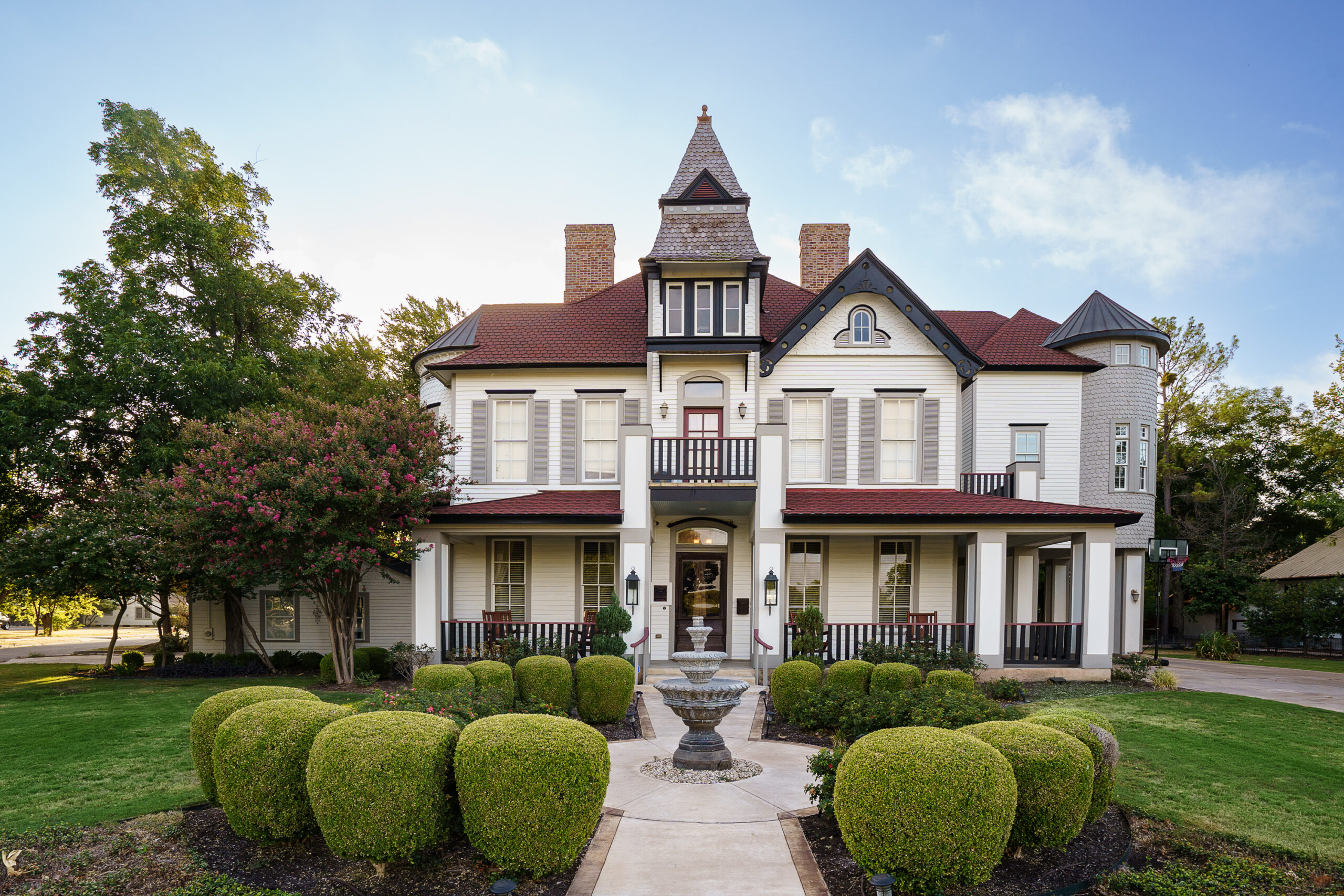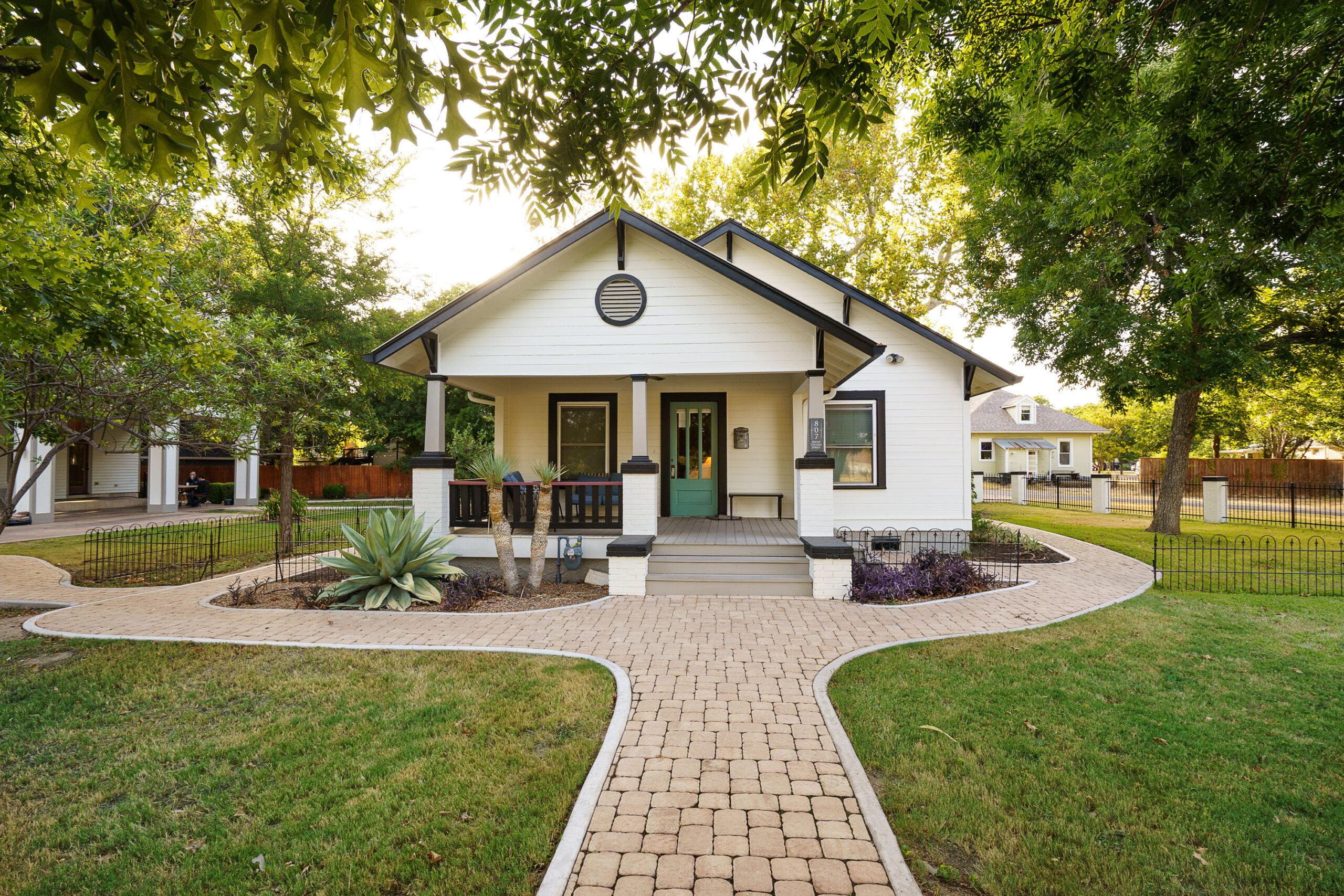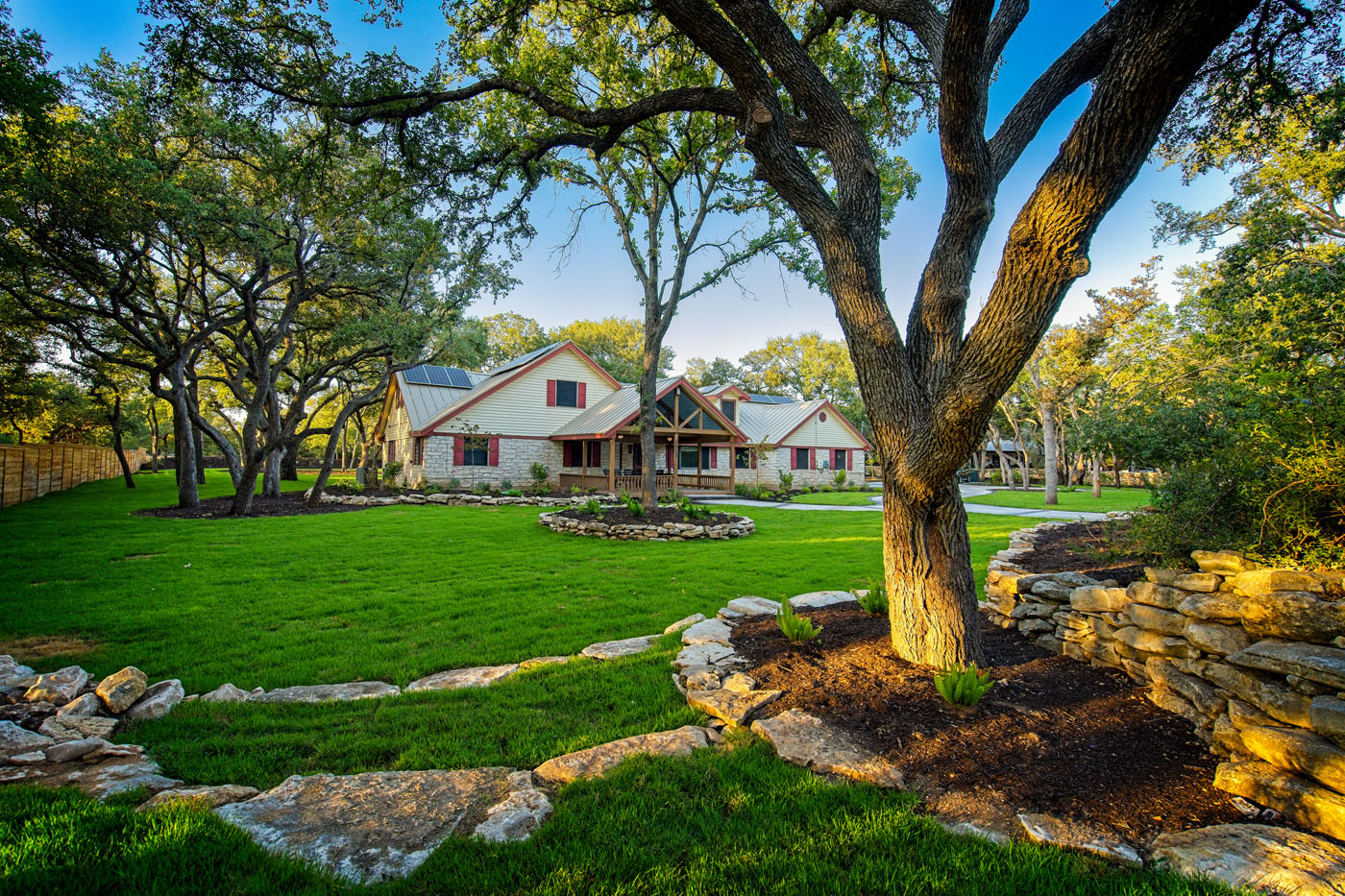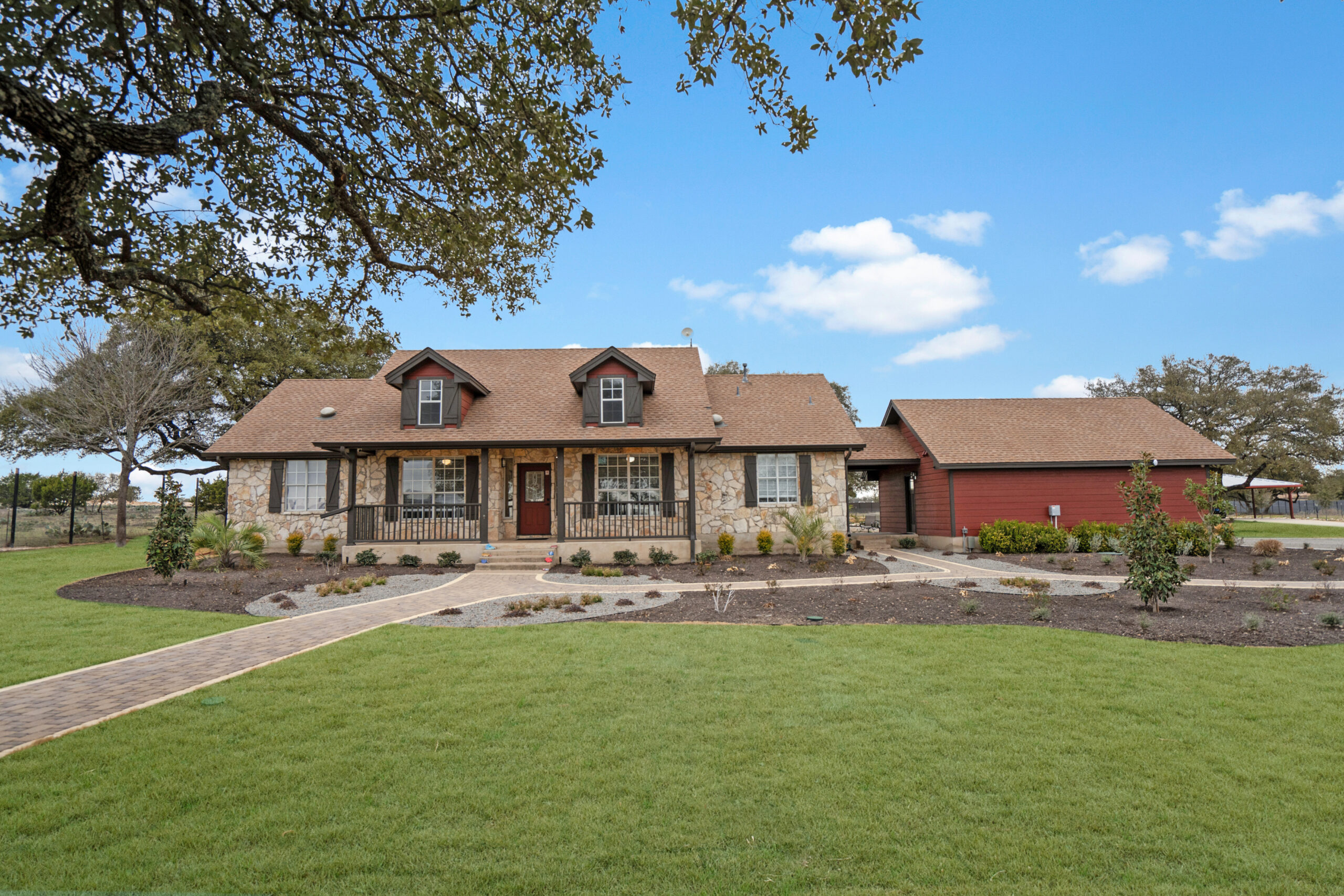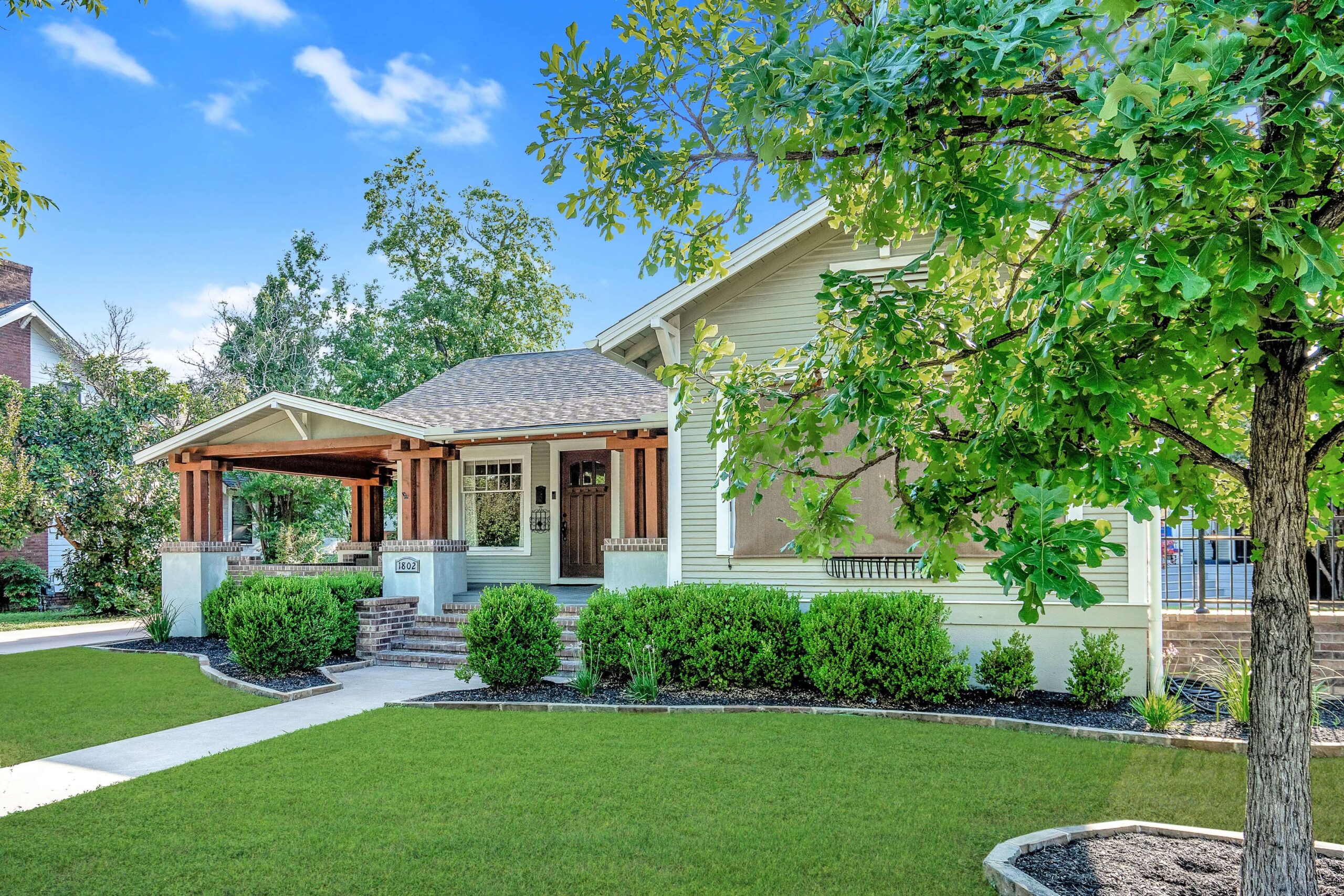Bipolar Disorder Residential Treatment Options
When considering bipolar disorder residential treatment, it’s crucial to understand how various facilities offer distinct approaches to care. These treatments focus on stabilizing mood swings and helping patients regain a sense of normalcy. A holistic treatment plan might include medication management, cognitive behavioral therapy (CBT), and family involvement.
I’ve been working in mental health care for over two decades. During this time, I’ve witnessed how vital a tailored treatment approach can be. Residential treatment centers go beyond traditional outpatient services by providing an environment where patients can focus entirely on their recovery, away from daily stressors. This wholly immersive experience can significantly aid in achieving long-term stability.
At Alta Loma, where I serve, we emphasize the importance of creating personalized care plans for each resident. These plans incorporate evidence-based therapies and foster an atmosphere of safety and support. Such an approach ensures that each patient receives care tailored to their unique needs.
Unique Aspects to Consider in Bipolar Disorder Residential Treatment
Not all bipolar disorder residential treatments are created equal. Facilities vary widely in the therapeutic services they offer, the environments they create, and the durations of their programs. When choosing a treatment center, consider:
- The level of care required: Does the facility offer detox, inpatient, or outpatient services?
- The center’s specialization: Does it focus on bipolar disorder alone, or does it offer dual-diagnosis treatment for co-occurring disorders?
- The treatment environment: Is it serene and conducive to recovery?
- Does the facility support various therapeutic modalities, like art therapy or equine therapy?
At Alta Loma, we provide residents with not only a comprehensive treatment program but also the necessary life skills. This methodology is essential for them to reintegrate successfully into society post-treatment.
Personal Experiences and Stories of Recovery
Sharing personal journeys can shed light on the effectiveness of bipolar disorder residential treatment. One of our patients, who I’ll call Alex, arrived at Alta Loma battling severe mood swings and depression. Through a combination of medication, CBT, and recreational therapy, Alex found stability.
Our structured environment played a pivotal role in Alex’s recovery. By offering a predictable schedule, Alex could focus on healing without the distractions of daily life. Gradually, Alex learned coping mechanisms to manage mood swings and returned home with renewed confidence.
Such transformations are the reason residential treatment is invaluable for many. Alex’s story is just one of many showing how tailored care can change lives.
What Are the Most Common Questions About Bipolar Disorder Residential Treatment?
When considering bipolar disorder residential treatment, potential residents and their families often have several questions:
The first is about duration: “How long does treatment usually last?” Typically, residential stays vary based on individual needs but generally range from 30 to 90 days. The best results often come from longer engagements combined with follow-up outpatient care.
Cost is another pressing concern. While insurance often covers part of the treatment, expenses can vary based on the facility’s location, the services provided, and the individual’s insurance plan. It’s important to have open discussions with your chosen center to understand financial arrangements.
Steps to Prepare for Bipolar Disorder Residential Treatment
Preparing for bipolar disorder residential treatment involves several key steps. Here’s a simple guide to help you or a loved one prepare for this vital journey:
- Research facilities: Consider factors such as location, specialization, and reviews.
- Healthcare consultation: Discuss treatment options with a trusted healthcare professional.
- Insurance check: Verify what services your insurance covers and any out-of-pocket costs.
- Pack appropriately: Facilities provide guidance on what to bring, ensuring comfort during the stay.
- Emotional preparation: Take time to mentally and emotionally prepare for the experience ahead.
These steps can help smooth the transition into residential treatment, setting the stage for a more effective healing process.
What Qualifies as a Bipolar Disorder Residential Treatment Emergency?
An emergency in the context of bipolar disorder residential treatment typically involves situations where the individual’s safety or the safety of others is at significant risk. This could include severe manic or depressive episodes leading to suicidal thoughts or harmful behaviors.
If you suspect an emergency, contact the treatment facility immediately. They often provide emergency protocols and contacts for urgent assistance. Quick action can be life-saving and ensure the continuity of care.
